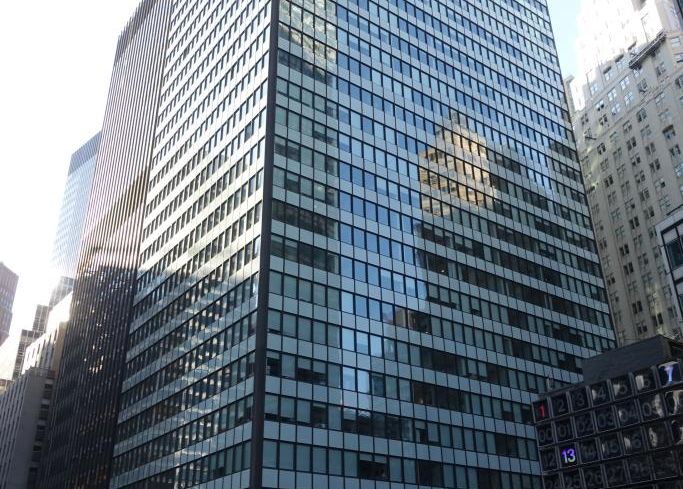Multifamily Occupancy Update: Key Markets See Sizable Loans Post Large Declines
By The Editors June 16, 2021 5:12 pm
reprints
“Back in April, Trepp reported that CMBS servicer data indicated there were signs of ‘fraying’ in the apartment segment in some major U.S. markets,” wrote Manus Clancy, senior managing director at Trepp. “To be sure, distress in the apartment commercial real estate segment in no way paralleled the hotel or retail segments in terms of loan defaults and revenue or occupancy decline as a result of the pandemic.
“This month, we are back with a follow-up to see how the multifamily market looks now that most borrowers have submitted full year 2020 financials or Q1 2021 numbers.
“In April 2021, Trepp reported that overall apartment occupancy had fallen only a percentage point or two in aggregate over the last year. However, there was a significant deviation from market to market. There were a sizable number of markets for which there were no properties where occupancy had fallen below 80 percent. This included many major U.S. markets like Phoenix, Orlando, Minneapolis, and Anaheim. There were also markets that showed significant occupancy declines, and we highlighted five markets for which more than 10 percent of the loans had occupancy of less than 80 percent.
“This month, we wanted to look at individual loans, looking for the largest loans in the private-label CMBS market where occupancy is less than 80 percent at a given property.
“The numbers underscore that certain markets like New York City and San Francisco have seen some sizable loans post large declines in occupancy. Excluding one sizable portfolio loan, all of the biggest loans for which occupancy has fallen below 80 percent are in the New York or San Francisco MSAs.
“In New York, some of the biggest loans where occupancy at the collateral is less than 80 percent are as follows:
“The 180 Water Street loan is particularly interesting. Watchlist comments point to a steady improvement in occupancy over the last several months: 59 percent as of December 2020; 63 percent in January 2021; 70 percent as of March; 80 percent as of April. While this is a trend for one Financial District property, it could serve as an early indicator that occupancy levels are firming up in the NYC MSA.
“In the San Francisco MSA, two large properties appear on the list. The $1.5 billion Parkmerced loan is backed by a complex with more than 3,100 units. For 2020, occupancy fell to 76 percent (from 94 percent at securitization). DSCR (NCF) was 0.86x in 2020. The $384 million NEMA San Francisco loan is backed by a 754-unit complex. For 2020, occupancy fell to 72 percent (from 94 percent in 2019). DSCR (NCF) was 0.84x in 2020.
“The big portfolio loan we referred to is the $481 million MFP Portfolio loan which we wrote about in our client-only, daily TreppWire newsletter earlier this year. The loan is backed by 43 apartment properties spread across the Midwest and Southern U.S. and the notes back the single borrower JPMCC 2019-MFP deal. Occupancy at that portfolio at the end of 2020 was 76 percent and DSCR (NCF) was 1.06x.
“As we noted above, this is not the ‘retail apocalypse’ or a step toward the 25 percent delinquency rate in the hotel space over the last year. In fact, as the percentage of the U.S. population that has been vaccinated for COVID-19 has grown and has cities around the U.S. have re-opened, there is evidence of a strong rebound in apartment demand in major MSAs.
“But savvy CMBS investors will keep an eye on this going forward for signs of distress in those markets that have seen a meaningful uptick in vacancies since the beginning of COVID-19.”



